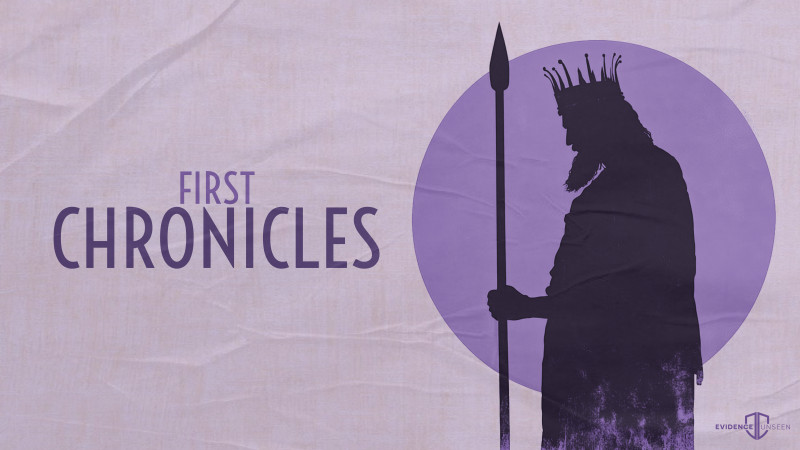Archer, G., Jr. (1994). A survey of Old Testament introduction (3rd. ed., p. 449). Chicago: Moody Press.



The Hebrew title for 1 and 2 Chronicles is “the accounts of the days” or “the words of the days” (Diḇerê hāyyāmɩ̂m). The Chronicler recounts biblical history from the beginning of the human race all the way until the Babylonian Exile and edict to restore the Temple. He focuses his attention on the kings of Judah, rather than Israel.
Jewish tradition states that Ezra wrote these books (Baba Bathra, 15a). Ezra would have had sufficient motive for writing a book that records the spiritual and moral history of Israel, and his role as a priest is “in perfect agreement with that of the author of this work, and he would be very apt to lay the stress just where the Chronicler has.”
Later Jewish history records that Nehemiah had a vast library of the biblical and extrabiblical books: “[Nehemiah] founded a library and collected the books about the kings and prophets, and the writings of David, and letters of kings about votive offerings. 14 In the same way Judas also collected all the books that had been lost on account of the war that had come upon us, and they are in our possession” (2 Macc. 2:13-14). Since Nehemiah and Ezra were contemporaries, this would add support to Ezra’s authorship.
The style, language, and contents of Ezra and Chronicles are similar. Moreover, the final verses of Chronicles (2 Chron. 36:22-23) are identical to the opening verses of Ezra (Ezra 1:1-3a).
Half of the material in Chronicles is contained in other OT books—especially Genesis, Samuel, and Kings. The author also claims to have access to various historical books that were not canonical Scripture.
Book of the Kings of Judah and Israel | 2 Chronicles 16:11; 35:27 |
Story of the Book of the Kings | 1 Chronicles 9:1 |
Words of Uzziah composed by Isaiah | 2 Chronicles 32:32 |
Words of Shemaiah the Prophet | 2 Chronicles 12:15 |
Words of Iddo the Seer | 2 Chronicles 13:22 |
Midrash of the Prophet Iddo | 2 Chronicles 9:29; 13:22 |
Words of Jehu the son of Hanani | 2 Chronicles 20:34 |
Words of Horzai (or the seer) | 2 Chronicles 33:18-19 |
Book of Nathan the prophet | 1 Chronicles 29:29 |
The internal evidence of the book points to a date sometime between 450-425 BC. The final event recorded in Chronicles is the edict to restore the Jewish Temple in 538 BC (2 Chron. 36:22-23). The genealogies include Zerubbabel who led the people home (1 Chron. 3:17-21), as well as his grandsons (Pelatiah and Jeshaiah) which would place the date closer to 500 BC.
The external evidence supports this. One of our manuscripts for Chronicles from the DSS (Qumran Cave 4) is very ancient, making the third century BC date “very difficult to maintain.” Moreover, Josephus (Against Apion, 1.8) states that the canon closed under Artaxerxes I (who died in 424 BC).
Critics argue that the Chronicler was trying to exaggerate the status of Israel over time. Therefore, under this view, the numbers in Chronicles reflect an evolution on behalf of the Chronicler.
In response, however, the vast majority of numbers are identical between Chronicles and Samuel/Kings. There are 629 numbers in both books. Only 18 to 20 discrepancies can be found. Moreover, in roughly one third of these discrepancies, Samuel/Kings have a higher number—not a lower one (1 Chron. 11:11 and 2 Sam. 23:8; 1 Chron. 21:5b and 2 Sam. 24:9b; 2 Chron. 3:16b and 1 Kings 7:20b, cf. v. 42; 2 Chron. 8:10 and 1 Kings 9:23; 2 Chron. 36:9 and 2 Kings 24:8).
The notation for numbers was easy to accidentally change. Archer notes that the Hebrew “letter nun with two dots above it would signify 50,000.” The Elephantine Papyri implies that the Hebrews had a number system with either vertical or horizontal dashes above the numbers with special symbols to indicate large numbers. Regardless, the transmission of these numbers was very difficult to maintain identically.
1 and 2 Kings ends in defeat, but the Chronicles were written after Kings and after the edict to restore the Temple. One of the messages of the book is that faith leads to success (2 Chron. 20:20, 22). The book focuses on the kings of Judah.
Commentary on 1 Chronicles
Unless otherwise stated, all citations are taken from the New American Standard Bible (NASB).
Archer, G., Jr. (1994). A survey of Old Testament introduction (3rd. ed., p. 449). Chicago: Moody Press.
Archer, G., Jr. (1994). A survey of Old Testament introduction (3rd. ed., p. 450). Chicago: Moody Press.
Archer, G., Jr. (1994). A survey of Old Testament introduction (3rd. ed., p. 452). Chicago: Moody Press.
Archer, G., Jr. (1994). A survey of Old Testament introduction (3rd. ed., p. 452). Chicago: Moody Press.
Archer, G., Jr. (1994). A survey of Old Testament introduction (3rd. ed., p. 450). Chicago: Moody Press.
Payne, J. B. (1988). 1, 2 Chronicles. In F. E. Gaebelein (Ed.), The Expositor’s Bible Commentary: 1 & 2 Kings, 1 & 2 Chronicles, Ezra, Nehemiah, Esther, Job (Vol. 4, p. 305). Grand Rapids, MI: Zondervan Publishing House.
Payne, J. B. (1988). 1, 2 Chronicles. In F. E. Gaebelein (Ed.), The Expositor’s Bible Commentary: 1 & 2 Kings, 1 & 2 Chronicles, Ezra, Nehemiah, Esther, Job (Vol. 4, p. 309). Grand Rapids, MI: Zondervan Publishing House.
Archer, G., Jr. (1994). A survey of Old Testament introduction (3rd. ed., p. 454). Chicago: Moody Press.
Archer, G., Jr. (1994). A survey of Old Testament introduction (3rd. ed., p. 455). Chicago: Moody Press.
Archer, G., Jr. (1994). A survey of Old Testament introduction (3rd. ed., p. 455). Chicago: Moody Press.

James earned a Master’s degree in Theological Studies from Trinity Evangelical Divinity School, graduating magna cum laude. He is the founder of Evidence Unseen and the author of several books. James enjoys serving as a pastor at Dwell Community Church in Columbus, Ohio, where he lives with his wife and their two sons.
